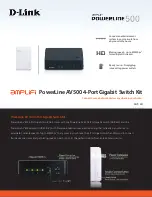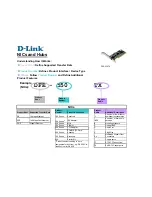
C
HEETAH
64
S
ERIES
–
C
HAPTER
9
81-9059-0577-0
Rev. E
Proprietary Information of
PESA Switching Systems
9-4
9.2
T
ROUBLE SHOOTING
9.2.1
Troubleshooting Overview
Troubleshooting techniques differ from technician to technician. However, all techniques should
include a basic troubleshooting starting sequence, which consists of, but is not limited to, the
following:
•
An Operator interview to account for system actions prior to the system problem to
establish failure possibilities
•
Verification of correct supply voltages (breaker or disconnect status, supply voltage
actually present, etc.)
•
System fuse verification (search for open/blown system fuses)
•
An initial system inspection that includes the use of personal senses (e.g., feeling for heat,
smelling for burned components, listening for unusual noises, and looking for discolored
components)
Once the basic troubleshooting starting sequence has been completed, then the actual system
troubleshooting (physical portion) can begin.
This section assumes that the basic troubleshooting starting sequence has been completed and the
actual system troubleshooting sequence has begun.
9.2.2
Subassembly LEDs
Cheetah Series equipment has been designed to provide the user with basic monitoring and
diagnostic system information. If the Cheetah equipment fails to operate correctly, check the
appropriate LEDs listed in the following Tables (Tables 9-1 through 9-4) for the system’s
individual components (cards/modules) for information concerning their (and the system’s)
operational status and suggested actions to perform accordingly.
Summary of Contents for 64NE
Page 108: ......
















































